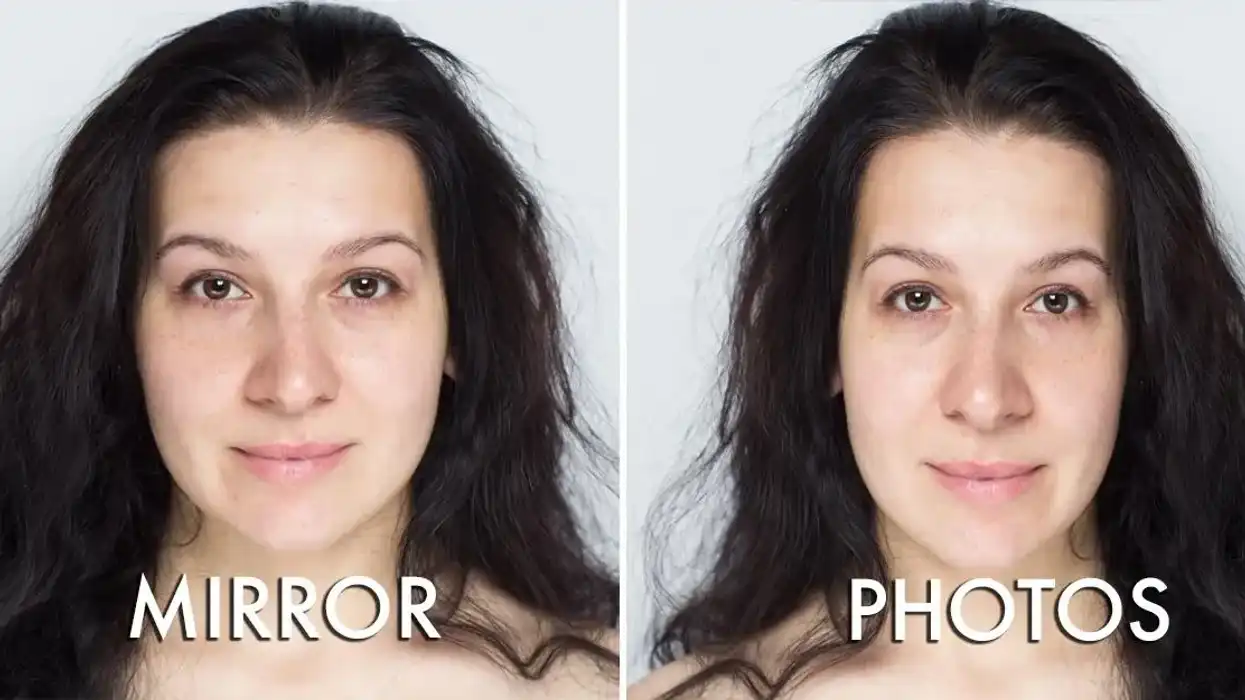Exploring Earth's depths can lead to breathtaking discoveries, and that's exactly what happened when two adventurers dropped a GoPro into America's deepest pit. The video, posted by identical twins James and Edward, who go by the @ActionAdventureTwins on YouTube, captures the hauntingly beautiful descent into the abyss, leaving viewers both mesmerized and spooked. "This is the stuff in my nightmares but for some reason Im addicted to watching it," shared YouTube viewer FSTRNU99.
The explorers embarked on their journey to the bottom of a massive 600-foot-deep cave with only a GoPro. The footage starts with the camera being carefully lowered, revealing the dark, cavernous space below. Ambient sounds of the cave, like echoing water drips and fluttering bat wings, add to the suspense. The GoPro's light illuminates stunning, otherworldly geological formations.
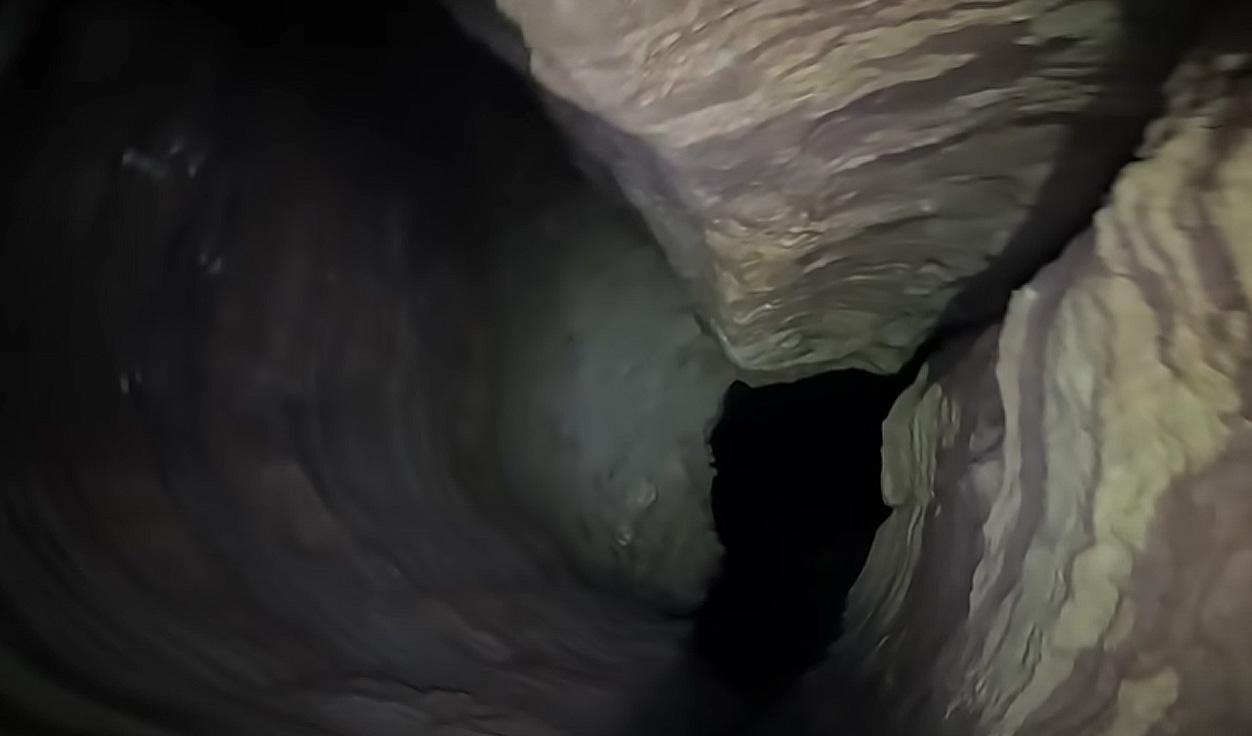 Source: The ActionAdventureTwins
Source: The ActionAdventureTwinsLooking up from the bottom through mysterious structures of rock.
One viewer commented, "Watching this video feels like I'm falling into a bottomless pit. It's both terrifying and fascinating." Another added, "The sheer depth and darkness of that cave give me chills. It's incredible to think about what might be lurking down there."
The video climaxes as the GoPro hits the bottom of the pit, briefly going black before readjusting to show the cave floor. The footage then captures the equally captivating journey back to the surface.
This raw, unfiltered footage, like much of the imagery shared on the duo's Instagram, highlights the thrill of exploring Earth's mysterious places and underscores the need for preserving these natural wonders. Caves are delicate ecosystems that must be protected, and the explorers' respectful approach reminds us of the importance of responsible exploration.
For those inspired by the video, joining local caving clubs, supporting conservation organizations, and learning about cave safety are great ways to get involved. The awe-inspiring journey into America's deepest pit reminds us that incredible experiences often lie just beneath the surface, waiting to be discovered.
The article originally appeared last year.





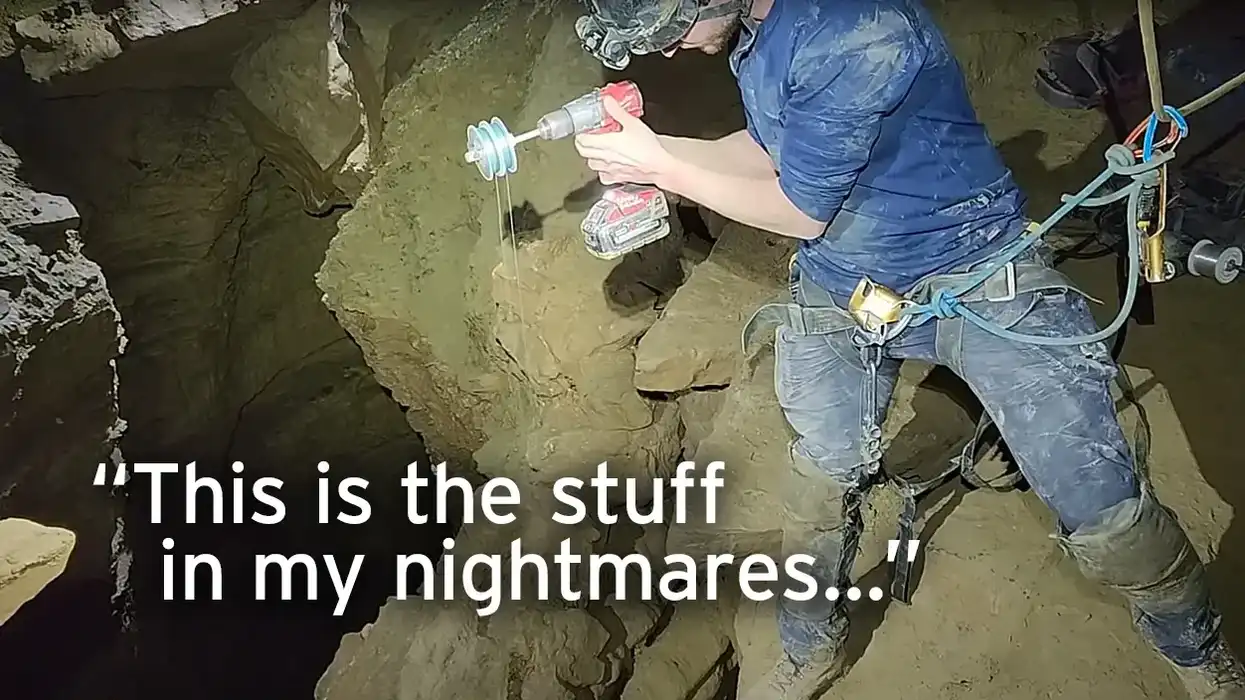


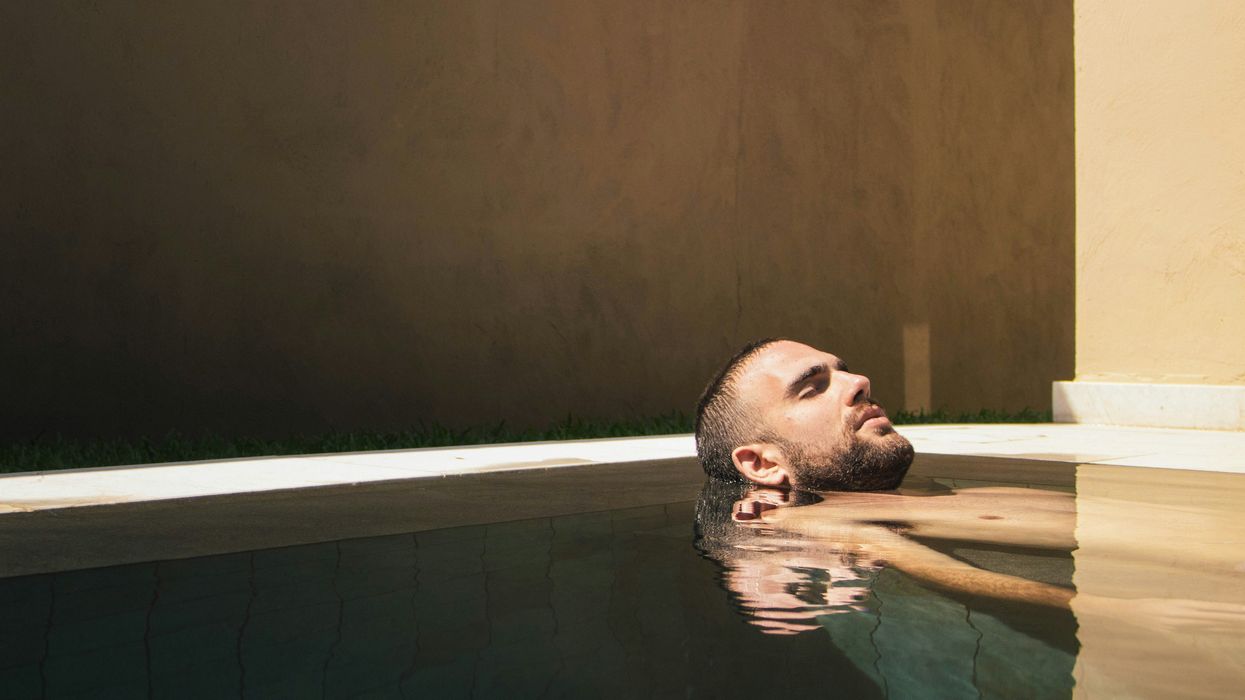
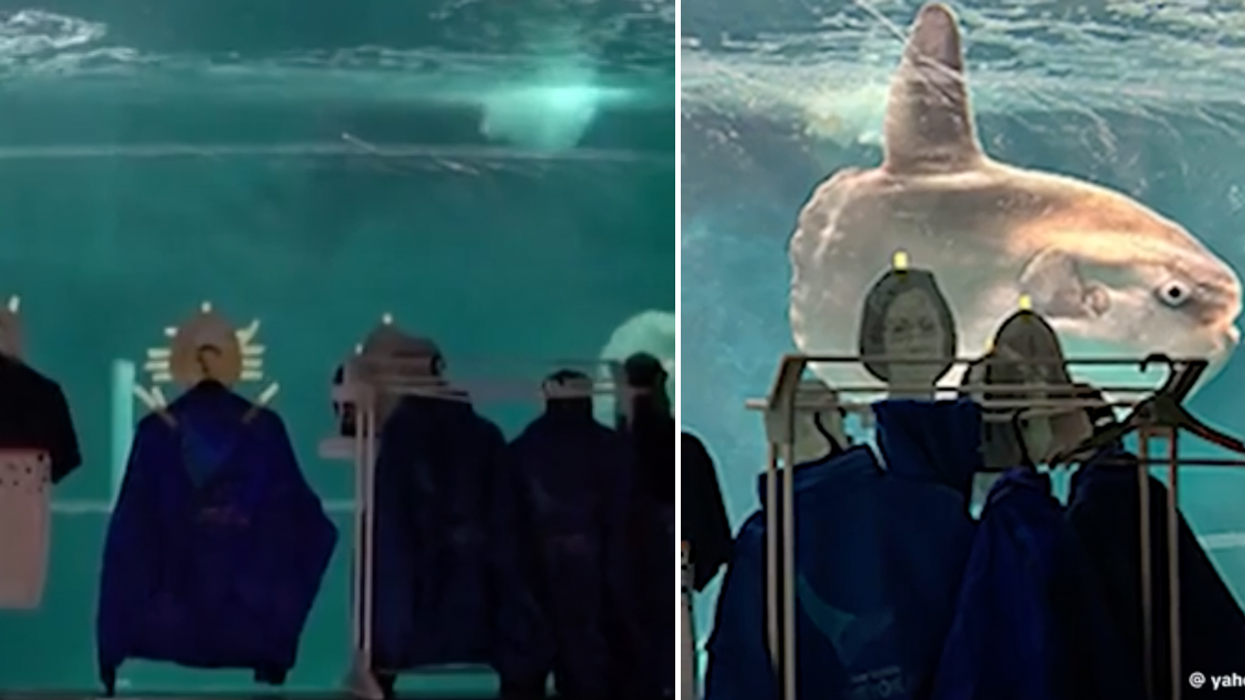

 This represents the key to the perfect flow statePhoto by
This represents the key to the perfect flow statePhoto by 




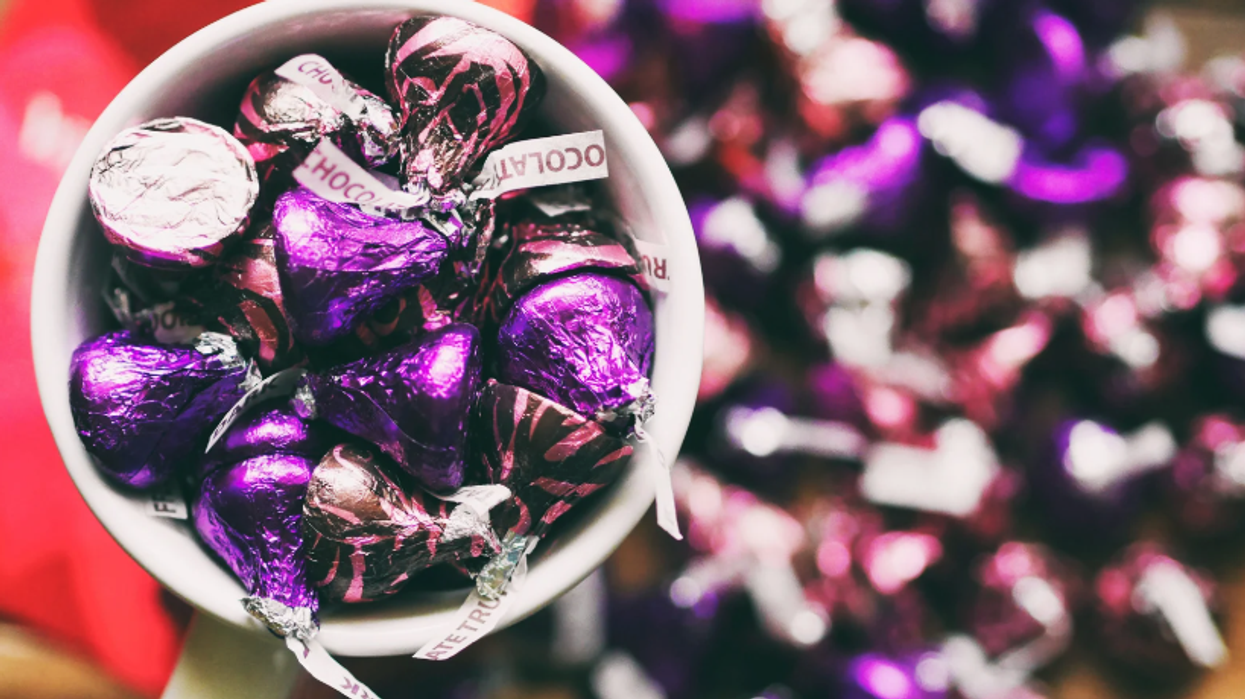
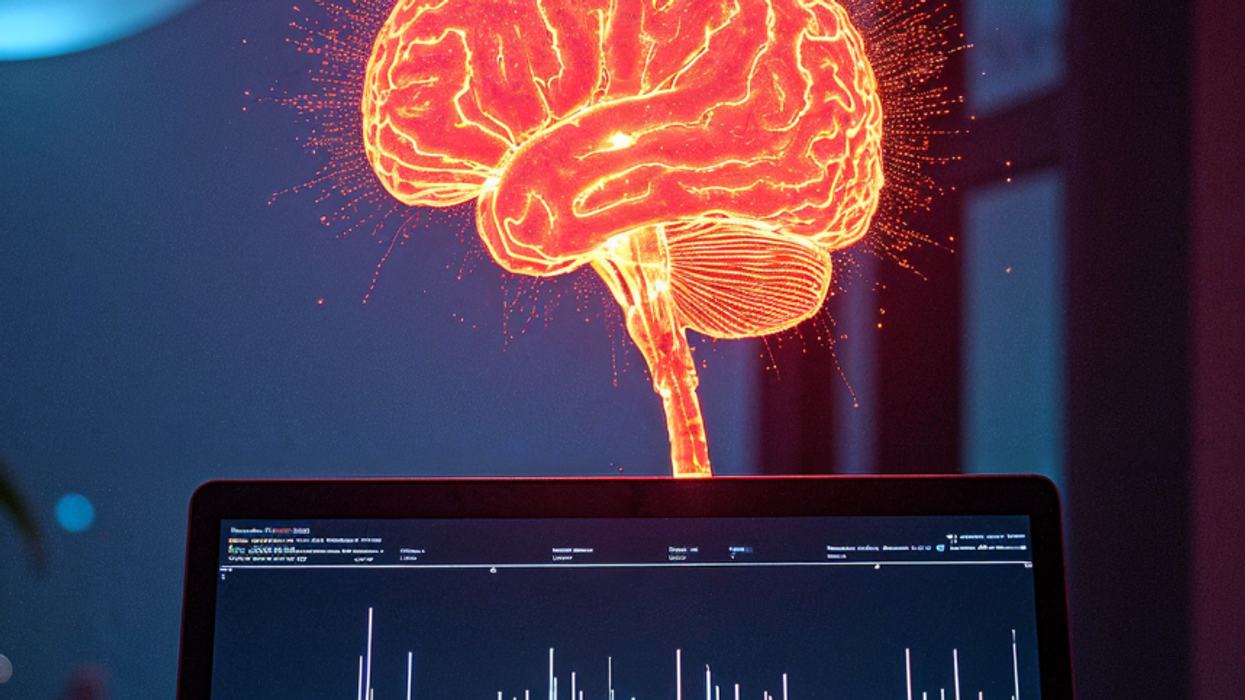
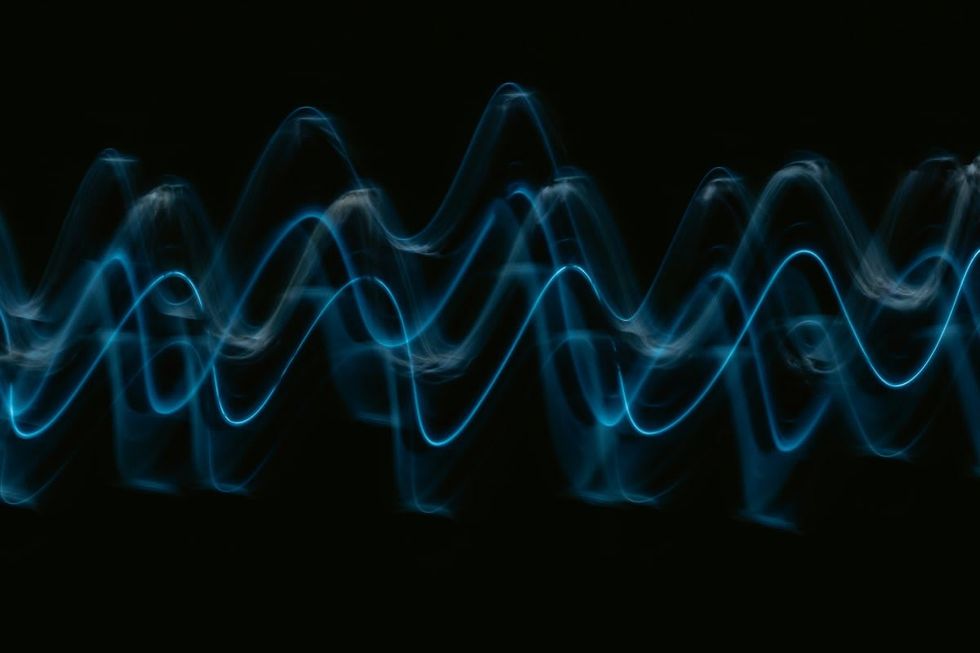 Representative Image Source: Unsplash | Pawel Czerwinski
Representative Image Source: Unsplash | Pawel Czerwinski 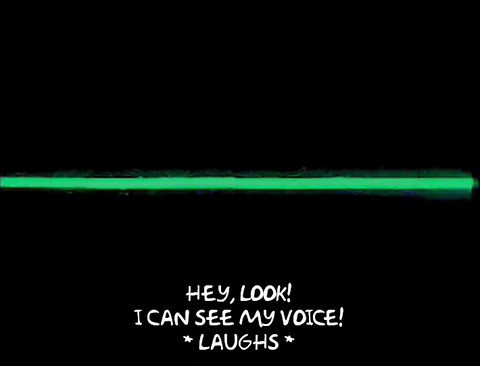
 Representative Image Source: Pexels | Pixabay
Representative Image Source: Pexels | Pixabay 
